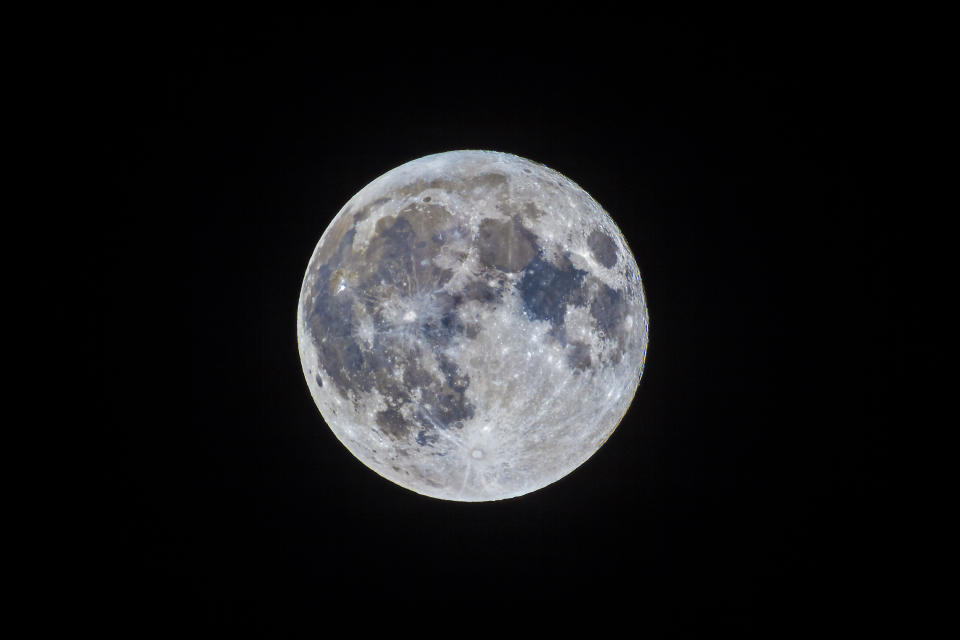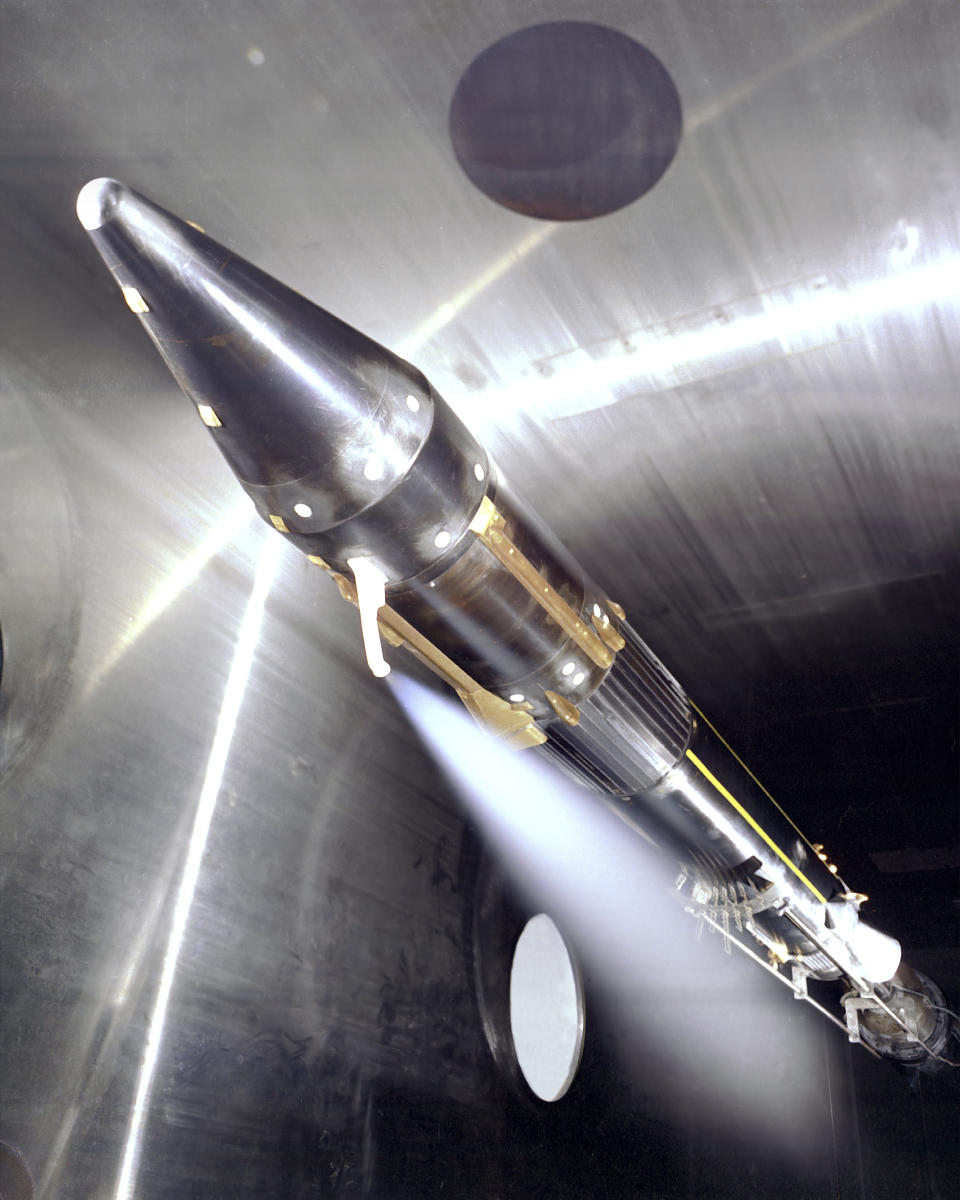Earth is about to capture a new 'mini moon' (but it might not be a moon at all)

A new mini-moon might be about to join Earth’s orbit briefly, before being hurled back into space.
‘Minimoons' are only a few feet across, and each tends to do a stint of around a few months in orbit – before resuming their previous lives as asteroids.
But this particular mini-moon may be a little different – as experts have suggested it’s not a moon at all, but man-made space junk.
Specifically, it may be a discarded part of a rocket launched in 1966, experts have suggested.
The tiny object, known as 2020 SO, was spotted by the Pan-STARRS1 at the Haleakala Observatory on 17 September, ScienceAlert reports.
Watch: A bunch of astronauts fall on the moon in best blooper reel ever
Read more: What are fast radio bursts, and why do they look like aliens?
It will be captured by Earth this October, and will pass close by Earth in December and February, Sky reports.
It will continue to orbit our planet until May next year.
Alice Gorman, of Flinders University in Australia, says that several measurements about 2020 SO suggest it’s not an asteroid, in an interview with Science Alert.

Gorman said: "The velocity seems to be a big one. What I'm seeing is that it's just moving too slowly, which reflects its initial velocity. That's essentially a big giveaway."
These signs suggest that the object may be space junk, he added.
Astronomer Paul Chodas has suggested that the object is a Surveyor 2 Centaur rocket body, launched on 20 September 1966.
Read more: Astronomers find closest black hole to Earth
Chodas suggests that the low Earth encounter velocity is too low even for material ejected from the moon, so it's unlikely to be a natural body.
Spectroscopy may be able to show if the object has been painted, the experts believe.
Watch: SpaceX launch captured by passenger on board plane
"It would be interesting to do some reflectance spectroscopy, which would show how rough the surfaces are, how much it's been pitted and decayed from being bombarded by dust and micro meteorites,” said Gorman.
"It's human material that's been out in a different part of space. So, it would be interesting to compare that to the results you get from stuff in low Earth orbit, which is much, much denser in material."

 Yahoo Movies
Yahoo Movies 
